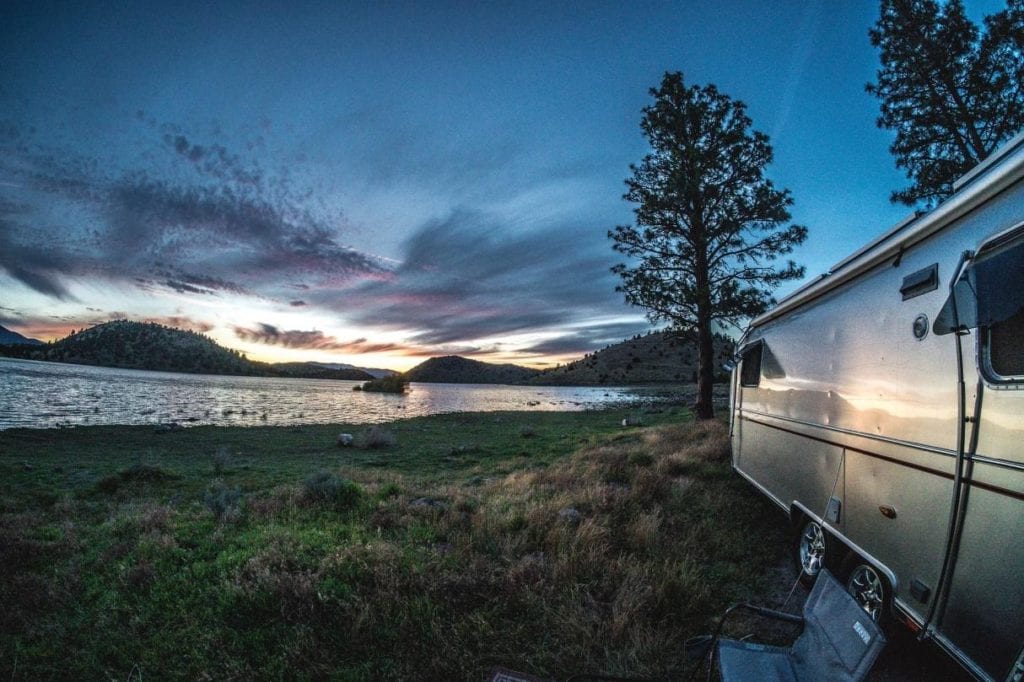Retiring before the age of 65 has become an increasingly popular goal for many people. Fortunately, there are many things that you can do to position yourself to be able to retire early. One of the most popular trends is downsizing your home.

Historically, people have downsized when their children move away to college. The tradition was moving from a large home to a slightly smaller one. However, in recent years, the concept of downsizing has dramatically changed. And as a result, someone seeking to downsize their home has many attractive options.
In fact, this trend can even be seen in the housing market. A few decades after the trend of “McMansions,” 42% of homeowners state they would prefer to live in a smaller home. According to surveys, forty percent of Americans over the age of 50 plan to move in the next five years.
Benefits of Downsizing
Before getting into the various options for downsizing, it is important to get a sense of the benefits. In reality, the benefits of downsizing are just as diverse as the options available. One of the most significant benefits is financial. A smaller home will typically mean a much smaller mortgage payment, enabling you to save more money for retirement. People who can sell their existing home for a significant profit may even be able to purchase a smaller home and pay if off in full for cash. Smaller homes also provide lower utility bills as an added financial benefit.
However, the benefits of downsizing are not all tied into financial reasons. Downsizing can also be a more sustainable way to live. A smaller home requires fewer possessions. For many people, this is a huge benefit. In fact, 60% of people note that they own more things than they truly need. Downsizing helps people prioritize what possession are truly of value. This results in a more organized and streamlined home. It also complements the increasingly popular trend of minimalistic living. Consuming fewer products is better for the environment and can help people focus using their finances on experiences rather than things.
Downsizing will also provide you with more free time. With fewer spaces to maintain and clean, there will be more time to spend on more enjoyable activities. In fact, 36% of Baby Boomers and 18% of Gen Xers cited too much housework as a primary reason for downsizing.
Finally, there are significant emotional benefits. Smaller homes are associated with lower amounts of stress. Downsizing earlier in life can also make later transitions easier. Leaving a home you’ve lived in for decades can be difficult. But downsizing earlier in life can make future transitions less emotionally charged.
Downsizing: Stationary or Mobile
There are many questions that you will want to ask before deciding how to downsize. However, the most prominent question is: Do I want to be stationary or mobile? This may seem like an unusual question, however, the answer will determine how you look for your next residence.
Stationary living is obviously the traditional approach to downsizing; however, increasing numbers of people are opting for a more nomadic lifestyle – or at least one that allows for that to be an easy possibility. The rise of the gig economy, remote work opportunities, and more flexible work environments has made mobile living more accessible for many Americans.
Whether you prefer a stationary space or the opportunity to go mobile, let’s take a look at some of your options.
Mobile Living
For those who have a desire for the open road, this is a great choice. Maybe you have a goal of seeing every national park. Maybe you’d simply like to stay in a pleasant climate all year round. Whatever your reason, there are a number of options to downsize into mobile living.
Recreational Vehicle
Recreational Vehicles (RV) have long been a goal for many people as they retire. However, an RV also presents an option for downsizing. Without a house payment, the monthly payment on an RV is manageable for many people. In fact, over one million Americans currently live in RVs. But if you choose, you are able to convert your RV into a stationary home with electric and sewer connections. You can also easily hit the road, staying in any of the over 13,000 RV parks in the US.

Tiny Homes
Tiny homes becoming more popular and a good option for downsizing. While there are only about 10,000 tiny homes in existence in the US, the number sold has been quickly growing. Tiny houses are constructed on a metal frame on wheels and can be easily pulled like a camper. This provides the RV experience with a more traditional home feel. It is actually quite impressive how well-designed tiny houses can be and make living in a small space comfortable.
Camper
If a full-size RV is too large for you, a camper may be a great choice. You just need a vehicle capable of towing it from place to place. A camper can have all the amenities of the RV but it smaller and easier to maneuver in urban areas. Places like Walmart allow free overnight parking, further saving expenses..
Van
If a camper is still too large, a van is a great compromise. Van life is gaining in popularity as people look for convenient options to downsize but want an easier way to travel than the larger RV or camper. Vans can be customized with a fairly spacious sleeping area and room for dining.
Stationary Living
This is the more traditional route that many people consider when downsizing. If you value having a permanent residence, stationary living may be the way for you. There are again several options for you to choose from.
Tiny House
Yes, the same tiny house that can be towed from place to place can also be installed on a permanent foundation. This is a little trickier and you will have to check the zoning and building regulations in your state. But a Tiny House is a great option for singles and couples with no children providing an economical place to live.

Condominium
A condominium (condo) is an individual unit in a building or community of buildings. A condo is usually owned by its resident and is a good option for someone who wants the feeling of a house but without all the maintenance that comes with it. Most condos and townhomes will have a Homeowners Association (HOA) that maintains any common areas like community center, landscaping and building maintenance. You will have to pay an HOA fee that is usually paid monthly which adds to the monthly expenses of the condo.
Townhouse
A townhouse shares a wall with another unit in a building or community of buildings. It is a good option for downsizing, particularly for urban dwellers as the proximity to downtown amenities makes for increased convenience. As with condos, townhomes will have Homeowners Association (HOA) fees. But whether you want to purchase a townhouse or rent one, the significant cost savings can empower you to better live the life you desire.
House Share or Find Roommates
When we think about having roommates, we typically think about college students or maybe new professionals. However, it is increasingly common for people at older ages to have roommates. In fact, one in five roommates are now over the age of 40. The number is even higher in some cities like Dallas (30%), San Francisco (25%), and Seattle (24%). In fact, many people report they enjoy having roommates who often become good friends.
Final Thoughts
Downsizing is an increasing trend for many people. For those who want to retire earlier or simply have more disposable income to engage in personal goals, downsizing can be an excellent decision that can empower you to better live the type of life you want. Determining the preferred method of downsizing is important. There are many stationary and mobile options for you. If you would like to downsize in the near future, consider what option best fits your goals and needs.

